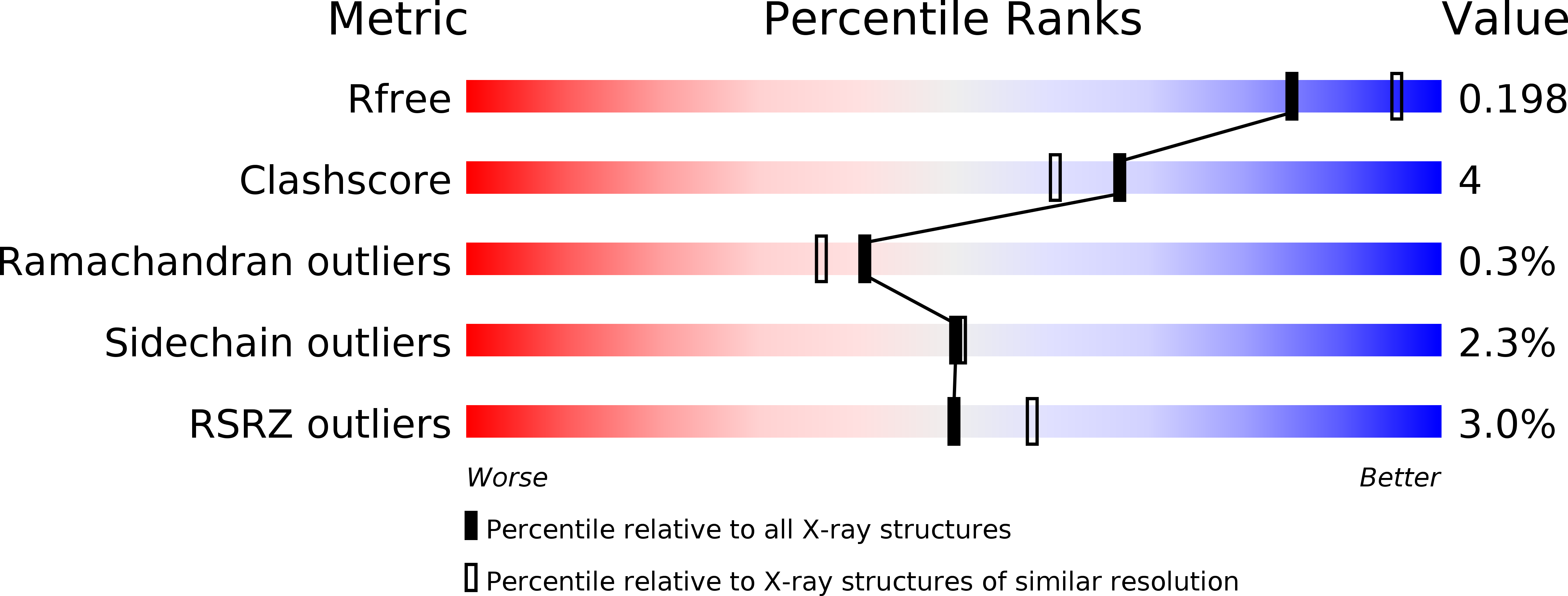
Deposition Date
2015-04-17
Release Date
2015-11-11
Last Version Date
2024-11-20
Entry Detail
PDB ID:
4ZDB
Keywords:
Title:
Yeast enoyl-CoA isomerase (ScECI2) complexed with acetoacetyl-CoA
Biological Source:
Source Organism:
Host Organism:
Method Details:
Experimental Method:
Resolution:
2.14 Å
R-Value Free:
0.19
R-Value Work:
0.16
R-Value Observed:
0.16
Space Group:
P 41 21 2


